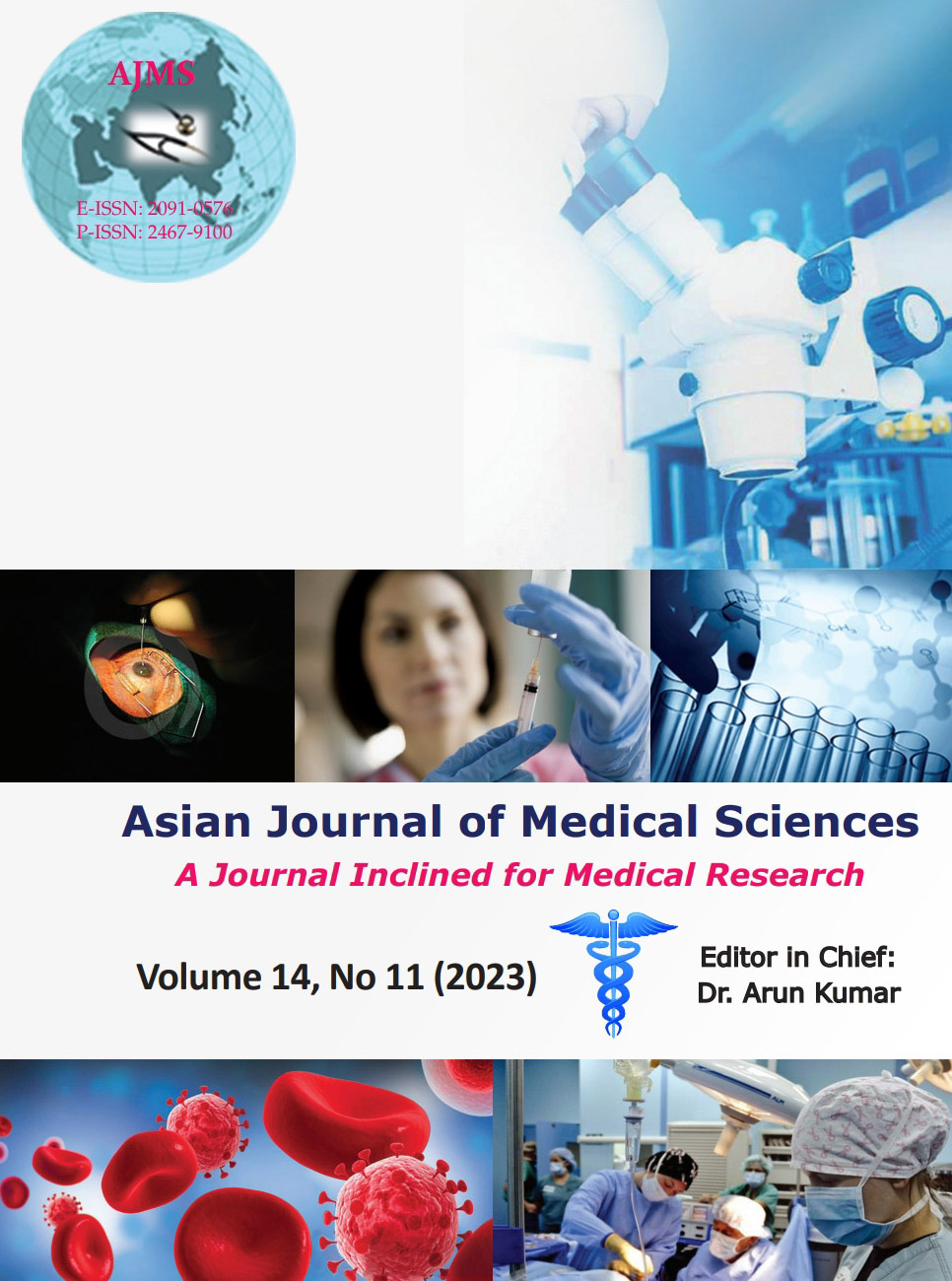To study dexmedetomidine’s effect on intraocular pressure after succinylcholine and endotracheal intubation
Keywords:
Dexmeditomidine; Endotracheal intubation; Intraocular pressure; Succinylcholine administrationAbstract
Background: One of the most important preconditions for any anesthetic operation is perioperative hemodynamic stability during laryngoscopy and intubation, which has been the subject of extensive research and documentation. Numerous approaches have been proposed to protect the patient from the sympathetic reaction, intraocular pressure (IOP) response, and catecholamine response during laryngoscopy and intubation.
Aims and Objectives: To study the efficacy of two doses of intravenous dexmedetomidine premedication given as a single bolus dose over 10 min, 0.4 μg/kg and 0.6 μg/kg, 10 min before induction in preventing the rise of intraocular pressure following succinylcholine administration and endotracheal intubation.
Materials and Methods: A retrospective randomized study was conducted. Ethical committee permission and signed informed consent were obtained from 60 eligible patients before the trial began.
Results: Premedication with either 0.4 mcg/kg I.V. or 0.6 mcg/kg I.V. of dexmedetomidine diluted in normal saline at a 2 mcg/mL concentration administered over 10 min before induction resulted in significant obtundation of the rise in IOP associated with succinylcholine administration and intubation. Sympathetic response to laryngoscopy and intubation was also significantly diminished. The dose of 0.4 mcg/kg I.V. produced the best hemodynamic stability.
Conclusion: Therefore, from the above research it can be concluded that, before succinylcholine delivery and intubation, dexmedetomidine 0.4 mcg/kg I.V. can be used as a premedication in situations where an increase in IOP could be hazardous.
Downloads
Downloads
Published
How to Cite
Issue
Section
License
Copyright (c) 2023 Asian Journal of Medical Sciences

This work is licensed under a Creative Commons Attribution-NonCommercial 4.0 International License.
Authors who publish with this journal agree to the following terms:
- The journal holds copyright and publishes the work under a Creative Commons CC-BY-NC license that permits use, distribution and reprduction in any medium, provided the original work is properly cited and is not used for commercial purposes. The journal should be recognised as the original publisher of this work.
- Authors are able to enter into separate, additional contractual arrangements for the non-exclusive distribution of the journal's published version of the work (e.g., post it to an institutional repository or publish it in a book), with an acknowledgement of its initial publication in this journal.
- Authors are permitted and encouraged to post their work online (e.g., in institutional repositories or on their website) prior to and during the submission process, as it can lead to productive exchanges, as well as earlier and greater citation of published work (See The Effect of Open Access).




